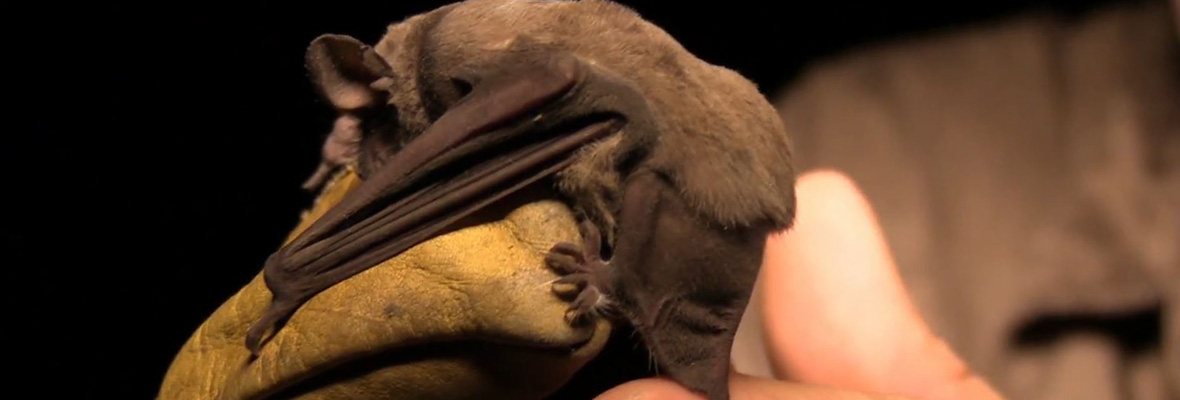Is It Safe to Use Exclusion Devices to Get Rid of Bats?
Yes, it is safe to use exclusion devices to get rid of bats, but only when those exclusion devices are used in conjunction with other bat-proofing methods, and that involves an incredibly thorough cleanup operation too.

Exclusion devices are actually considered to be one of the safest and most humane approaches to bat removal, and also the removal of other wild animals too. You are essentially encouraging these creatures to find someone else to live, without actually having to force them out. There isn't a need for traps (which will probably go wrong), or working out how many miles you would need to drive to released them back into the wild again. You eliminate the need for a lot of things. But not everything.
Exclusion devices will only work when the building is sealed properly, and when the right kind of materials are used for the job. The devices will only work when used at the right time of the year, and also in the right places. You can't just see a bat in the spring and affix exclusion traps or funnels with the intention of getting rid of them immediately. Spring and summer are bad times for bat removal full stop, and you may find that it is illegal to perform such an act.
Exclusion devices used at the wrong times and in the wrong places will result in dead bats, and you will find yourself on the receiving end of some legal hot water if this is the case.
We do not advise that you attempt to use exclusion devices to get rid of bats yourself, but instead hire in the professionals who will bring their own exclusion devices and get the job done the right way, without having to injure a single bat. It might mean waiting for the right time and shelling out a bit of cash, but it'll be worth it in the long-term. If you don't get this job right, it'll be worse next year, when the colony just comes back.
Go back to the Bat Removal home page or email us for more info about Is It Safe to Use Exclusion Devices to Get Rid of Bats?

